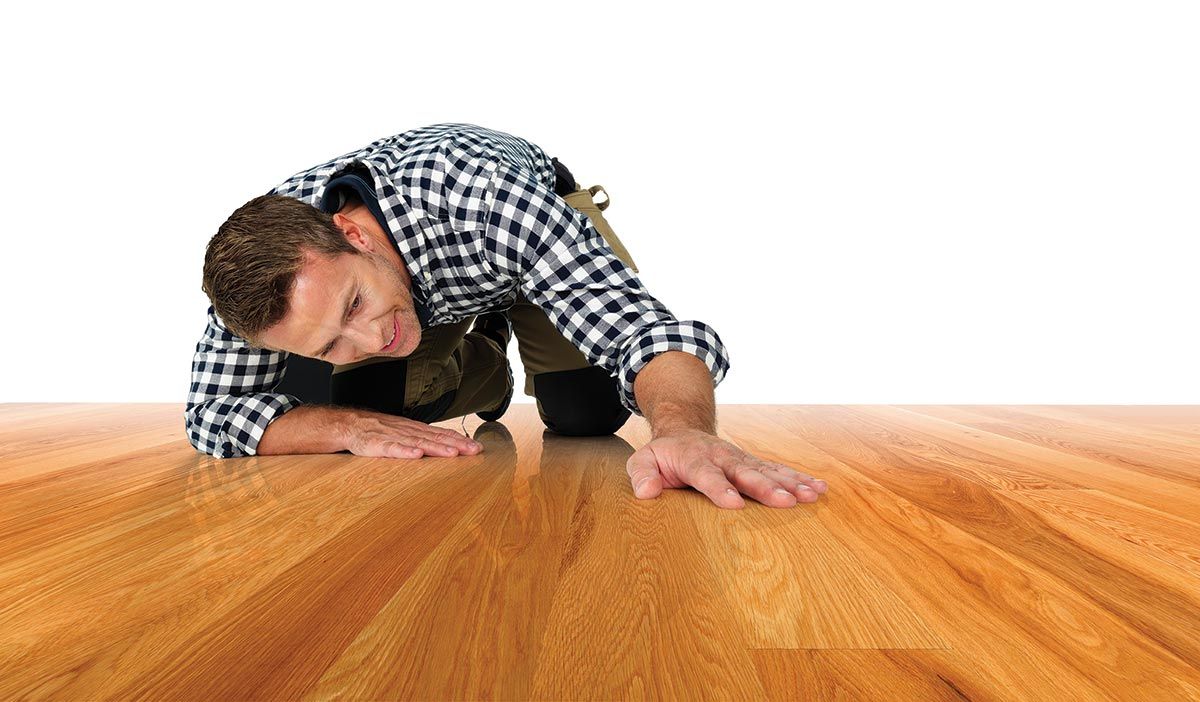
"Polished" vs "Coated" Timber Floors
Understanding the difference between coating and polishing a Timber Floor
Timber floor polishing is a misconstrued term. The application of a protective or decorative finish to a timber floor can be more accurately referred to as "coating" or "finishing". The truth is timber floor coatings don’t actually polish the floor. Timber floor coatings provide a finish which can be of gloss appearance, however polishing is a maintenance process done after the application of the floor coating.
As time passes language subtly changes and adapts to the way the world has moved on. 20 years ago personal computers were an exception not the norm, tablets didn’t exist and mobile phones were used for calls and the occasional text or picture rather than being the centre of a teenager’s world. The timber flooring industry is no different and sometimes it can be difficult to understand terms commonly used by flooring contractors and retailers.
Words can have multiple meanings depending upon whether you are talking to a flooring contractor or having a general conversation. "Polished" is a perfect example. If you polish a table then you are spraying a furniture "polish", probably a synthetic polish rather than beeswax as in the past, and rubbing it to a shine. That same meaning can apply to a timber floor which is being maintained and looked after. Vinyl floors are often polished and most people of any age can remember the same thing with wooden floors in public buildings where the cleaner used a buffing machine to polish and bring the timber floors to a deep shine.
People will often talk of getting their timber floors ‘polished’ when actually that is not what they mean. Their intention is to get their floors sanded and "coated" with a new finish, be that a polyurethane or an oil system, but there is no "polish" involved in the process at all… However, it has become part of the vernacular that timber floors are polished – look in any estate agent’s listings for proof of that.
It is likely that this term evolved from the fact that furniture / wooden items in the past were French polished and timber floors were often treated in a similar way with a sealing coat of something like shellac or oil used first and then a solvent based wax applied. Almost certainly it then became a "catch all" for any coating of timber.
The use of the term was perhaps reinforced when solvent based timber floor finishes came to the fore. Toxic solvent based finishes give almost without exception a high gloss polish like appearance; reduced gloss toxic solvent finishes are possible but not so common.
In more recent years non-toxic water-based polyurethane finishes have become the accepted standard in the developed world. Toxic solvent based finishes are now outlawed for general use in EU countries. Water-based polyurethane finishes deliver satin and matt finishes with the same or superior durability compared to that of solvent finishes.
This is in line with modern interior design trends which call for understated finishes with sheen levels ranging from satin to matt or ultra matt. All of these sheens can be achieved when using non-toxic water based polyurethane floor coatings or oil systems to the point where with ultra matt finishes and oils it can appear as if the timber is almost unfinished.
